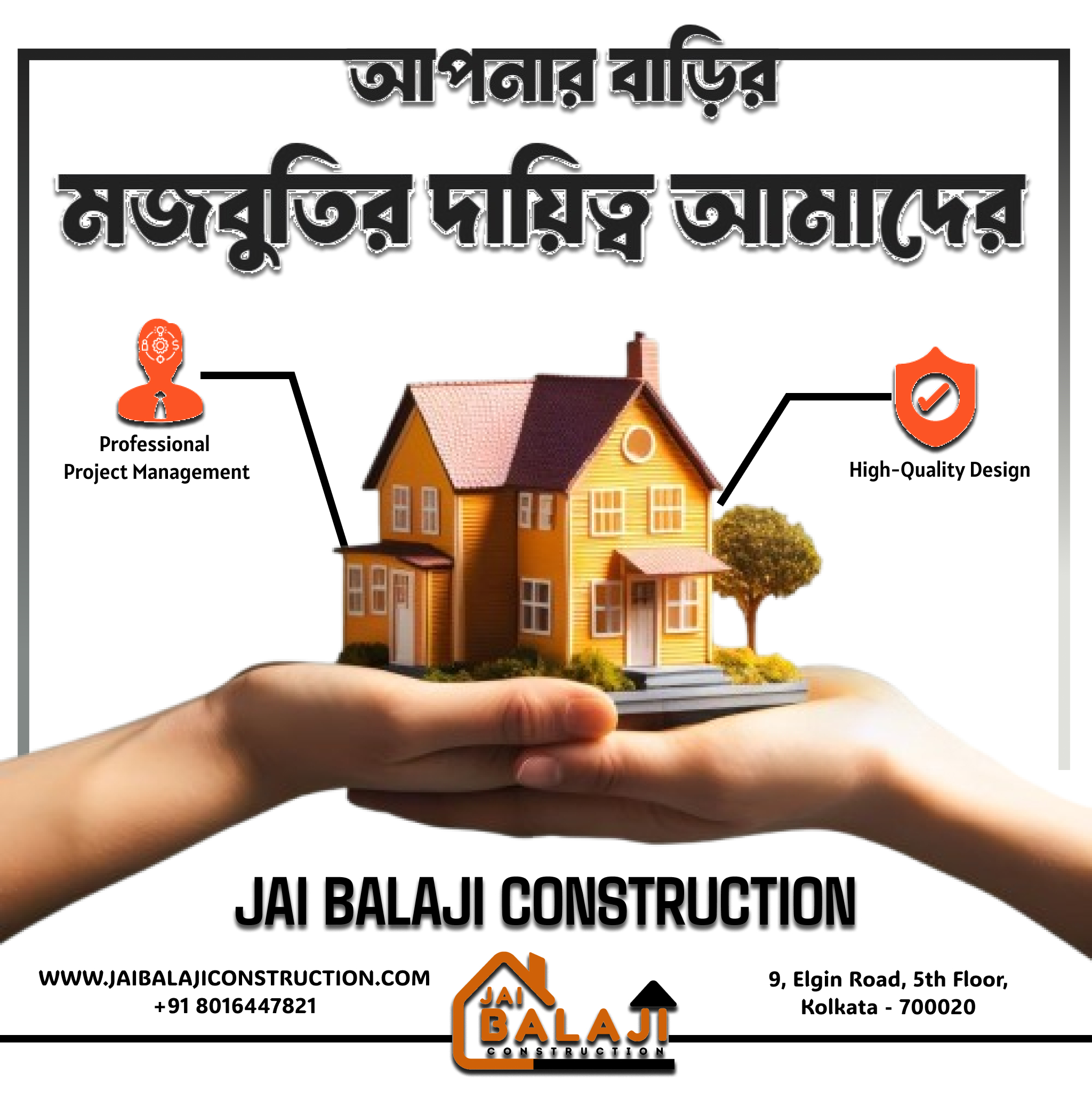Energy-Efficient Home Designs That Save Money
Energy-Efficient Home Designs That Save Money
Updated on April 15 2025
Tags: GuideRising energy costs and growing environmental concerns have made energy-efficient home design more important than ever. Whether you're building a new house or renovating an old one, incorporating smart, sustainable features can help you cut down on utility bills, reduce your carbon footprint, and even boost your home's resale value.
Let’s dive into how thoughtful design can create a home that’s both eco-friendly and budget-friendly.
🏡 Why Energy Efficiency Matters
An energy-efficient home:
- Uses less electricity and water
- Stays cooler in summer and warmer in winter
- Reduces your monthly utility bills
- Increases comfort and indoor air quality
- Qualifies for green building incentives or tax credits
It’s not just about saving the planet—it’s about saving your money every single month.
🔑 Key Features of Energy-Efficient Home Design
Here are some of the most effective design choices that can significantly reduce energy use:
1. 🌞 Passive Solar Design
Passive solar design takes advantage of the sun’s natural heat and light to reduce the need for artificial heating and cooling.
Tips:
- Orient living spaces to the south (in the Northern Hemisphere)
- Use large windows with overhangs to control heat gain
- Place fewer windows on the north-facing side to minimize heat loss
2. 🪟 Energy-Efficient Windows and Insulation
Windows are one of the biggest sources of energy loss. Use:
- Double or triple-glazed windows
- Low-E (low emissivity) glass to reflect heat
- Proper sealing and caulking to prevent air leaks
Combine this with high-performance insulation in walls, roofs, and floors to maintain a stable indoor temperature year-round.
3. 💨 Proper Ventilation and Air Sealing
An airtight home retains heat and reduces energy waste—but it also needs good ventilation to avoid moisture buildup and stale air.
Best practice:
- Use heat recovery ventilation (HRV) systems
- Seal ducts and gaps around doors/windows
- Install exhaust fans in kitchens and bathrooms
4. 💡 LED Lighting and Smart Controls
Swap out incandescent bulbs for LEDs, which use up to 90% less energy and last much longer.
Enhance savings with:
- Smart lighting systems
- Motion sensors
- Daylight sensors that adjust lights based on sunlight levels
5. ☀️ Solar Panels and Renewable Energy
Installing solar panels can drastically reduce your electric bill—sometimes even eliminate it. While the upfront cost may seem high, most systems pay for themselves in 5–8 years.
Other renewable options:
- Solar water heaters
- Wind turbines (in rural/open areas)
- Geothermal heating and cooling systems
6. 🧺 Energy-Efficient Appliances
When choosing appliances, look for the ENERGY STAR label or local equivalent. These appliances are designed to use less electricity and water.
Consider upgrading:
- Refrigerators
- Washing machines
- HVAC systems
- Water heaters
7. 🚿 Low-Flow Fixtures and Water Efficiency
Water-saving designs can lower both your water and energy bills.
Use:
- Low-flow toilets, faucets, and showerheads
- Tankless (on-demand) water heaters
- Rainwater harvesting systems for outdoor use
8. 🧱 Smart Building Materials
Choose materials that enhance insulation, reduce heat gain, and last longer:
- Insulated concrete blocks
- Cool roofing materials
- Recycled or sustainable building products (like bamboo or reclaimed wood)
🧾 Bonus Tip: Consider Home Automation
Smart home tech can further increase energy efficiency:
- Thermostats that learn your habits
- Timers for lights and irrigation
- Smart plugs that cut phantom power from idle devices
✅ Final Thoughts
Designing an energy-efficient home is more than just a trend—it’s a long-term investment in comfort, sustainability, and savings. Even small upgrades can make a big impact on your bills and your lifestyle.
If you're building or remodeling, now’s the time to design smarter. Your wallet—and the planet—will thank you.

